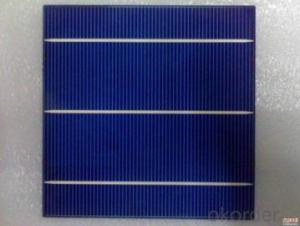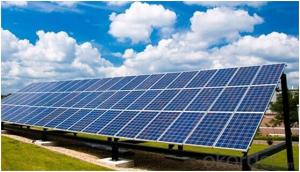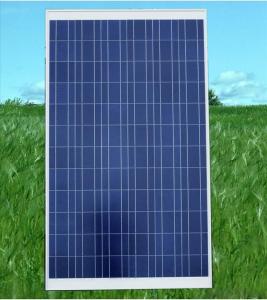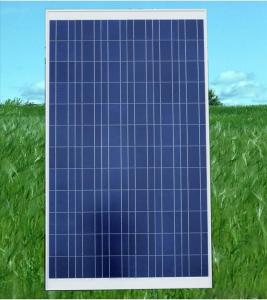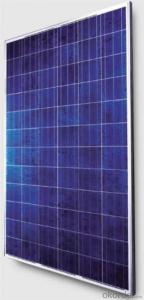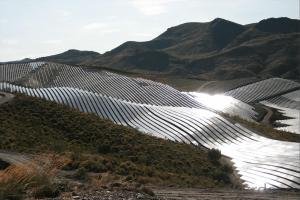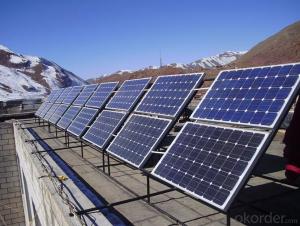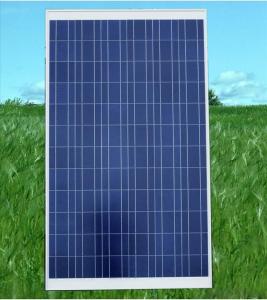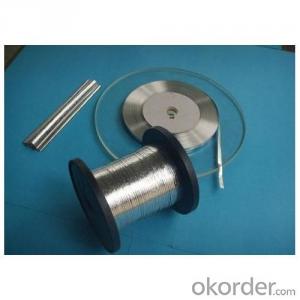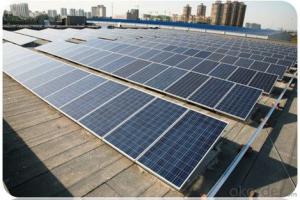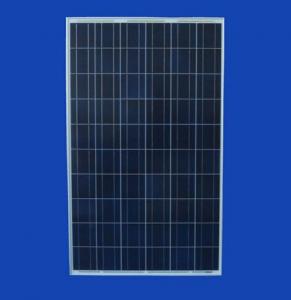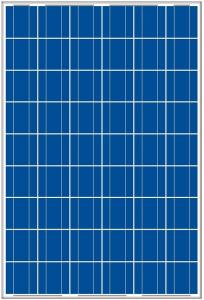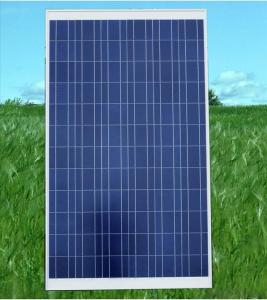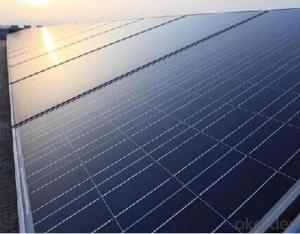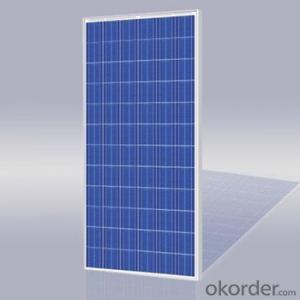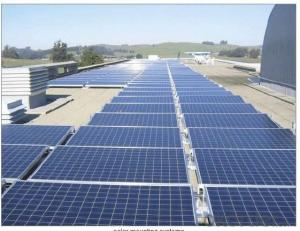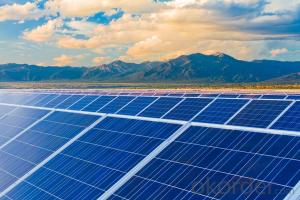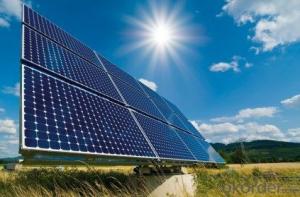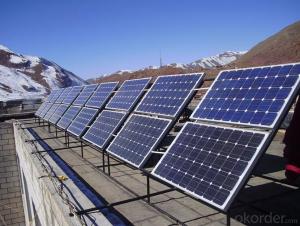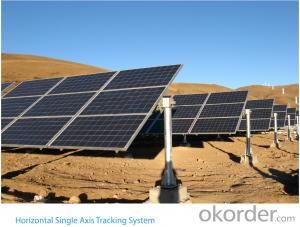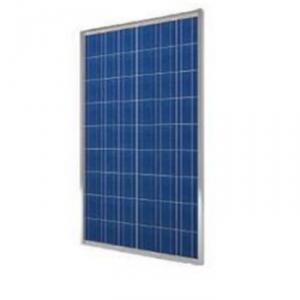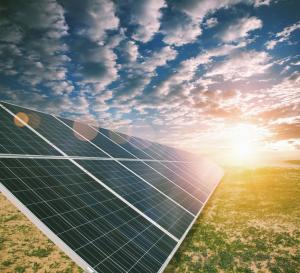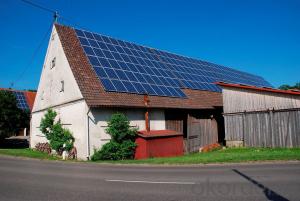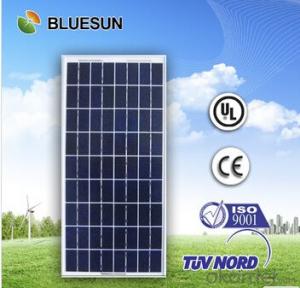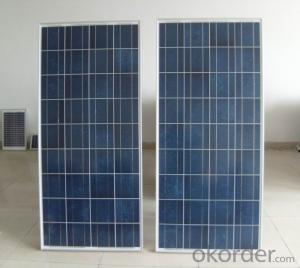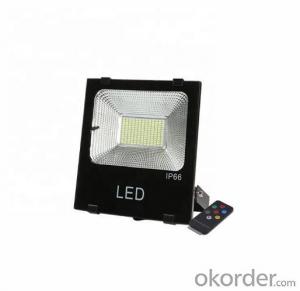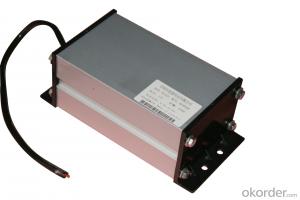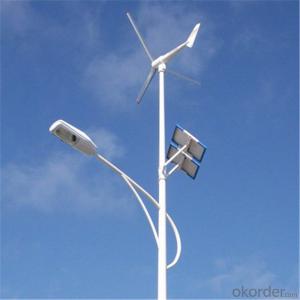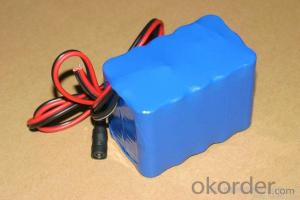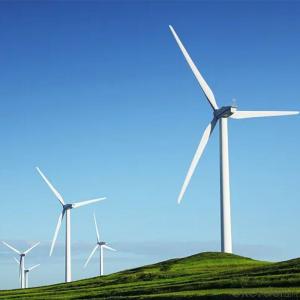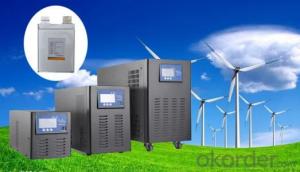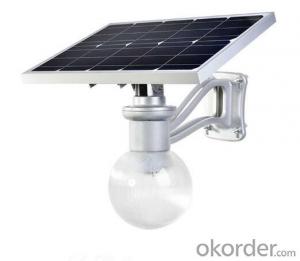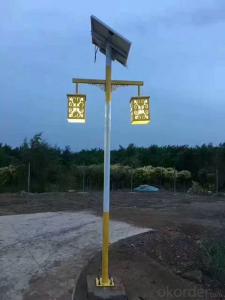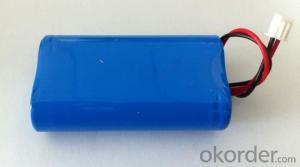Silicon Solar Pv Module
Silicon Solar Pv Module Related Searches
Solar Pv Module Solar Panel Pv Module Pv Module Solar Panel Solar Pv Module Price Solar Pv Module Cost Solar Pv Inverter Pv Solar Inverter Solar Pv Module Manufacturers Pv Solar Cells Photovoltaic Pv Solar Cells Pv Powered Solar Inverter Solar Pv Module Cs3w Pv Solar Module Manufacturers Pv Cells In Solar Panels Solar Photovoltaic Module Sell Scrap Pv Solar Module Solar Power Module Pid Solar Module Poly Solar Module Best Solar Pv Inverter Solar Pv Inverter Price Solar Power Bank Module Solar Panel Module Solar Module Solar Cell Module Best Inverter For Solar Pv Solar Pv Inverter Location Polycrystalline Solar Module Solar Pv Inverter Types Module SolarSilicon Solar Pv Module Supplier & Manufacturer from China
Silicon Solar Pv Module is a type of photovoltaic module that utilizes silicon-based technology to convert sunlight into electricity. These modules are designed to harness the power of the sun and generate clean, renewable energy for various applications. They are known for their efficiency and durability, making them a popular choice for both residential and commercial solar power systems.The Silicon Solar Pv Module is widely used in a variety of settings, from rooftop installations to large-scale solar farms. They are ideal for powering homes, businesses, and even remote locations that are not connected to the traditional power grid. These modules can also be integrated into other renewable energy systems, such as solar water heaters and solar-powered streetlights, making them a versatile and valuable component in the transition to a more sustainable energy future.
Okorder.com is a leading wholesale supplier of Silicon Solar Pv Module, offering a vast inventory of high-quality products at competitive prices. With a commitment to customer satisfaction and a focus on providing the latest technology, Okorder.com ensures that customers have access to the best solar modules on the market. Whether you are a contractor looking to expand your solar offerings or a homeowner interested in reducing your energy bills, Okorder.com is the go-to source for Silicon Solar Pv Module and other solar energy solutions.
Hot Products
